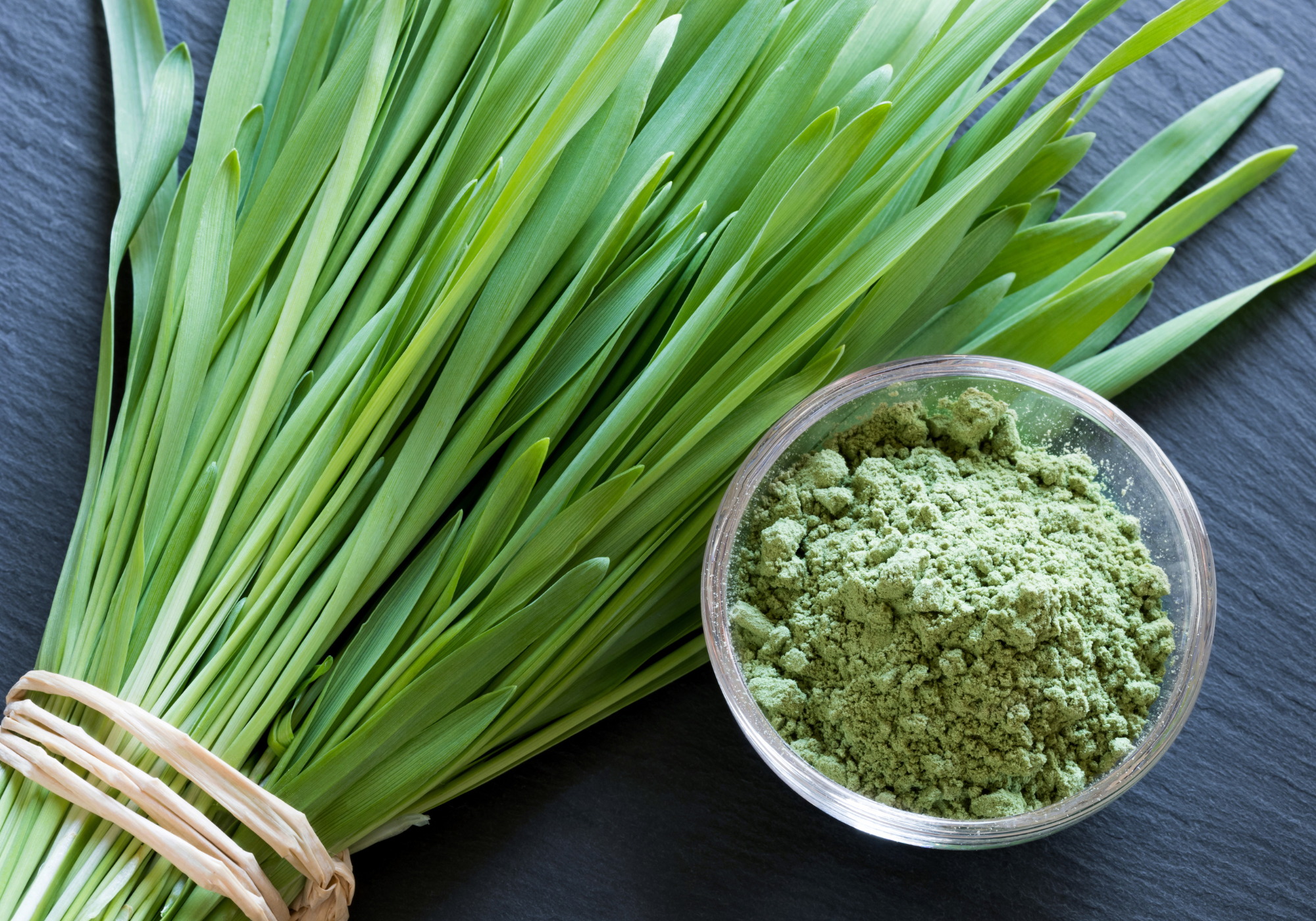Benefits of Breathing Through the Nose While Exercising
Breathing is fundamental to exercise, yet the way we breathe can profoundly impact our workout efficiency and overall health.
Nasal breathing, as opposed to mouth breathing, during exercise offers a range of benefits, from improving CO2 tolerance to enhancing respiratory efficiency.
Here's a closer look at why and how to incorporate nasal breathing into your fitness routine.
Understanding Nasal Breathing
What is Nasal Breathing?
Nasal breathing involves inhaling and exhaling through the nose. This natural method of breathing has several physiological benefits, especially when applied to exercise.
Benefits of Nasal Breathing in Exercise
1. Improved CO2 Tolerance
Nasal breathing helps increase carbon dioxide (CO2) tolerance in the body. A higher CO2 tolerance can improve oxygen delivery to muscles, enhancing endurance and performance.
2. Enhanced Respiratory Efficiency
Breathing through the nose warms, humidifies, and filters the air, which is beneficial for lung health. This efficient way of breathing also helps regulate breathing volume and pace, leading to improved respiratory mechanics.
3. Better Oxygenation
Nasal breathing encourages diaphragmatic breathing, which allows for deeper, more effective breaths. This can lead to better oxygenation of tissues and organs.
4. Reduced Stress and Improved Focus
Nasal breathing activates the parasympathetic nervous system, promoting a calmer, more focused state, which can be beneficial during exercise.
How to Incorporate Nasal Breathing into Your Exercise Routine
1. Start Slow
If you're new to nasal breathing, begin with low-intensity workouts. Walking or light jogging are great starting points.
2. Practice Regularly
Consistently practice nasal breathing during your workouts. Over time, your body will adapt, making it easier to maintain nasal breathing even during more intense exercises.
3. Breathing Exercises
Incorporate breathing exercises into your daily routine. Practices like yoga and meditation focus on nasal breathing and can help improve your technique.
4. Monitor and Adjust
Pay attention to how your body responds. If you find it difficult to breathe through your nose during high-intensity workouts, switch to mouth breathing as needed but gradually aim to increase the duration of nasal breathing.
Tips for Enhancing Nasal Breathing
Stay Hydrated
Proper hydration ensures your nasal passages remain moist, making nasal breathing more comfortable.
Clear Nasal Passages
Using saline sprays or nasal rinses can help keep your nasal passages clear, especially if you have allergies or a cold.
Mindful Breathing
Be mindful of your breathing pattern throughout the day, not just during exercise. This mindfulness can reinforce nasal breathing as a natural habit.
Safety and Considerations
Consult a Healthcare Provider
If you have any respiratory issues or medical concerns, consult a healthcare provider before changing your breathing patterns during exercise.
Listen to Your Body
Always listen to your body. If nasal breathing causes discomfort or difficulty, revert to mouth breathing and consult a professional.
Conclusion
Nasal breathing during exercise can offer numerous benefits, including improved CO2 tolerance, respiratory efficiency, and overall well-being.
By gradually incorporating this technique into your workouts and daily life, you can enhance your exercise performance and enjoy a healthier, more balanced approach to fitness.
Remember, the key is to start slow, be consistent, and listen to your body's cues for the best results.



